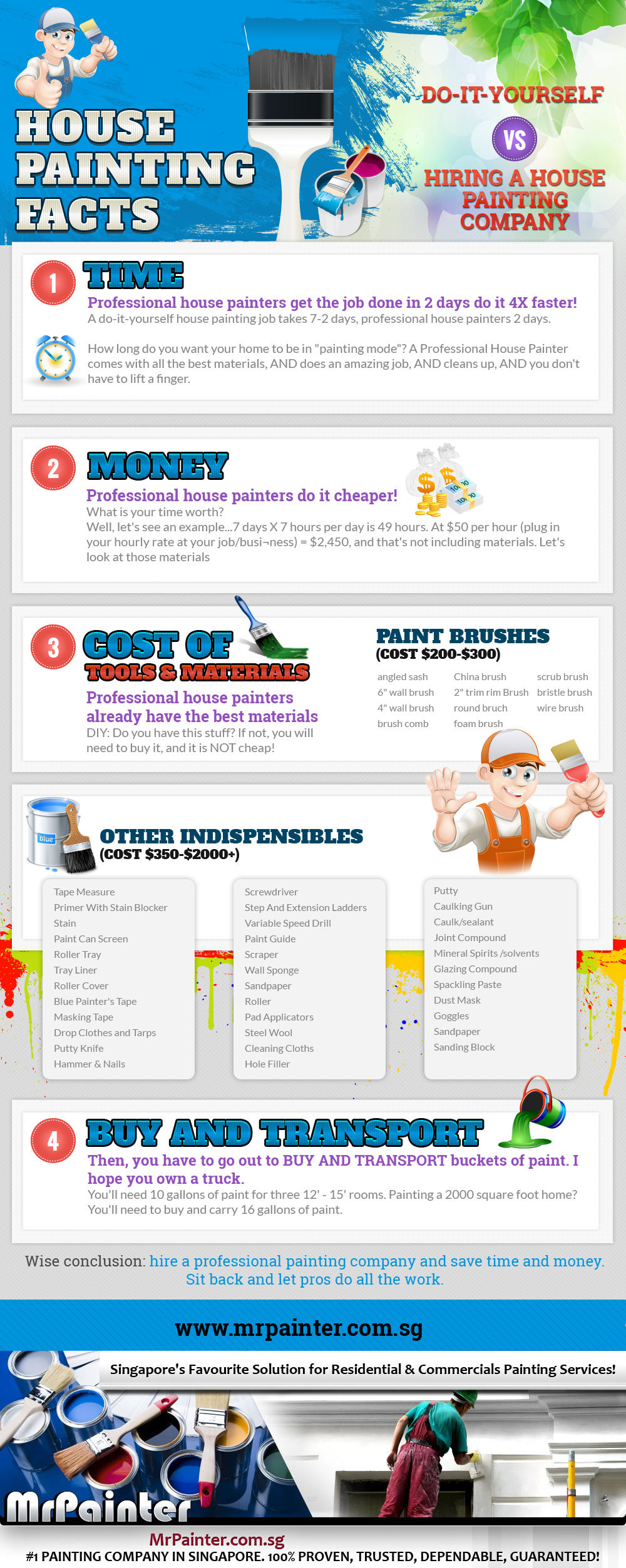When you're budgeting for a business paint job, it's simple to forget certain expenses that can sneak up on you. You might believe you've covered whatever, but surprise expenses like surface prep work and permits can swiftly add up. By recognizing these potential pitfalls early, you can develop an extra exact budget plan. However what particular variables should you consider to stay clear of those pricey shocks? Allow's discover exactly how to examine your project's range effectively.
Examining the Scope of Your Job
Prior to diving into an industrial paint work, it's vital to examine the extent of your task.
Begin by establishing the locations that require painting and the total square video involved. Take into consideration the kind of surface areas, whether they're drywall, timber, or steel, as this impacts the materials and labor required.
Next off, review the problem of these surface areas; any type of fixings or prep job will affect your timeline and budget.
Don't forget to make up the sort of paint you desire, as quality can differ substantially in rate.
Ultimately, think about accessibility. If particular areas call for special devices or extra precaution, you'll need to factor those costs into your overall budget.
Recognizing these aspects will certainly establish you up for success.
Identifying Potential Hidden Costs
As soon as you've examined the extent of your industrial paint job, it's time to think about the potential concealed costs that can emerge.
You could forget costs like surface area preparation, which can include cleaning, patching, or priming. Weather-related delays can also cause unforeseen costs, so watch on the forecast.
If your building has multiple levels or hard-to-reach areas, you might incur added labor costs. Furthermore, take into interior painters near me of authorizations or assessments that may be called for by local guidelines.
Finally, do not forget the potential for raised costs if you require special surfaces or materials. By identifying these feasible hidden expenses in advance, you can budget plan more effectively and avoid shocks down the line.
Developing a Contingency Plan
As you progress with your business paint task, it's important to develop a backup plan that resolves unexpected challenges.
Beginning by recognizing prospective risks, like climate hold-ups or supply lacks. Assign a part of your budget-- usually 10-15%-- to cover these unexpected expenditures.
Next, set clear timelines and connect them with your team, so everyone's on the same web page. Frequently review https://fernandohuhrd.wizzardsblog.com/36348457/business-paint-services-explained-trick-considerations-for-local-business-owner and readjust it as needed, specifically if conditions change.
Ultimately, guarantee you have dependable contacts, such as suppliers and subcontractors, that can assist you navigate any type of issues that occur.
Final thought
In conclusion, budgeting for your industrial paint work requires careful planning and awareness of possible covert expenses. By analyzing the extent of your job and recognizing locations where expenditures may develop, you can create a much more accurate spending plan. Always consist of a backup plan to deal with unforeseen issues. Remaining flexible and assessing previous projects will additionally help you make notified decisions. With these suggestions, you'll be much better prepared to handle your prices and make sure an effective result.
